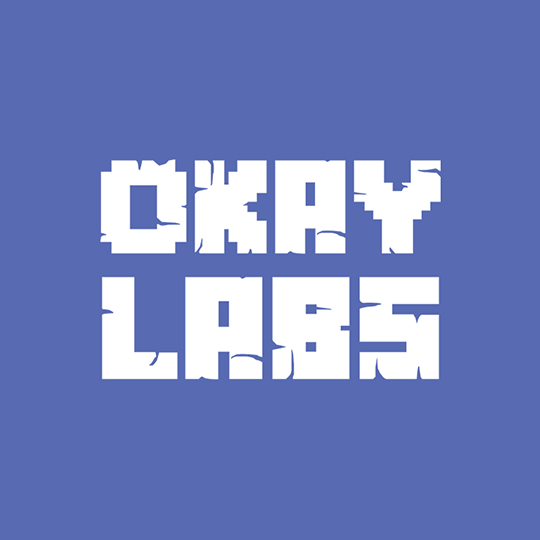Lido Finance, one of the leading staking protocols, has announced it will wind down its operations on the Polygon network due to low user adoption, evolving ecosystem dynamics, and a strategic refocus on Ethereum. In a blog post published on December 16, the company revealed that it would no longer offer staking requests on Polygon, with withdrawals for staked MATIC set to continue until June 16, 2025.
This decision was made following a community vote conducted by the Lido DAO Token (LDO) holders, where 99% of participants supported the proposal to discontinue services on Polygon. The vote was preceded by discussions in the DAO forum, where Lido considered two proposals: one to exit Polygon and another to reevaluate the economics of their staking model on the network.
Challenges on Polygon
According to the Lido team, the decision to exit Polygon was based on several factors, including resource-intensive maintenance requirements, insufficient rewards, and the shifting dynamics of the decentralized finance (DeFi) landscape. As zkEVM (zero-knowledge Ethereum Virtual Machine) solutions gained traction, the demand for Polygon’s proof-of-stake (PoS) and liquid staking solutions began to decrease.
Lido’s operations on Polygon, which started with optimism about its potential as a foundational DeFi building block, faced challenges as the ecosystem evolved. With DeFi protocols increasingly focusing on zkEVM, the demand for liquid staking solutions on Polygon PoS dropped significantly, and the network’s smaller-than-expected ecosystem further contributed to Lido’s decision.
Shard Labs, which originally proposed bringing Lido’s staking service to Polygon in 2021, also noted the lack of demand for liquid staking on Polygon as zkEVM adoption increased. Shard Labs emphasized that Polygon PoS had lost its positioning as a key building block for other protocols.
Timeline for Withdrawal and Suspension
As of December 16, Lido staking requests on Polygon are no longer available. However, users who have staked MATIC can still withdraw their tokens through the Lido interface on Polygon until June 16, 2025. All rewards associated with Polygon staking have already been discontinued.
Additionally, Lido will temporarily suspend all withdrawals from January 15 to January 22, 2025. After June 16, 2025, the front-end support for withdrawals will end, and users will only be able to withdraw staked tokens through browser tools.
Lido’s Current Standing and Future Focus
As of December 16, 2024, Lido Finance remains the largest liquid staking protocol in the DeFi market, with a total value locked (TVL) of $38 billion, according to DefiLlama. On Polygon specifically, Lido had $45 million in staked tokens, as per Dune Analytics, while Polygon’s overall TVL stands at $1.2 billion.
This move marks the second time Lido has pulled back from a blockchain network. Last year, the protocol ceased its operations on Solana, citing low fees and unsustainable financials. The decision to leave Solana was made following another community vote in response to concerns over the blockchain’s viability for liquid staking.
Broader Trends on Polygon and Other Protocols
Lido is not the only major protocol reevaluating its relationship with Polygon. Aave, one of the most prominent lending protocols on the network, has also proposed ceasing operations on Polygon. Aave’s proposal, which was launched on December 13, stems from concerns over an upcoming review of the risk profile of bridged assets on the network. The proposal also responds to Polygon’s governance request to use $1 billion in stablecoin reserves to farm on other protocols, which raised concerns about the network’s long-term stability.
Both Lido and Aave’s decisions reflect the evolving nature of the DeFi space, with zkEVM and other scalability solutions drawing attention away from traditional PoS chains like Polygon.
Conclusion
Lido’s decision to wind down its services on Polygon underscores the challenges that many DeFi protocols face as the blockchain ecosystem evolves. While Polygon remains a significant player in the space, the rise of new scaling solutions like zkEVM is reshaping the landscape, pushing projects like Lido to refocus on networks with higher demand for their services, such as Ethereum. For users, the withdrawal window until June 2025 offers ample time to exit, but they will need to act quickly before front-end support ends and they are required to use browser tools for withdrawals.



